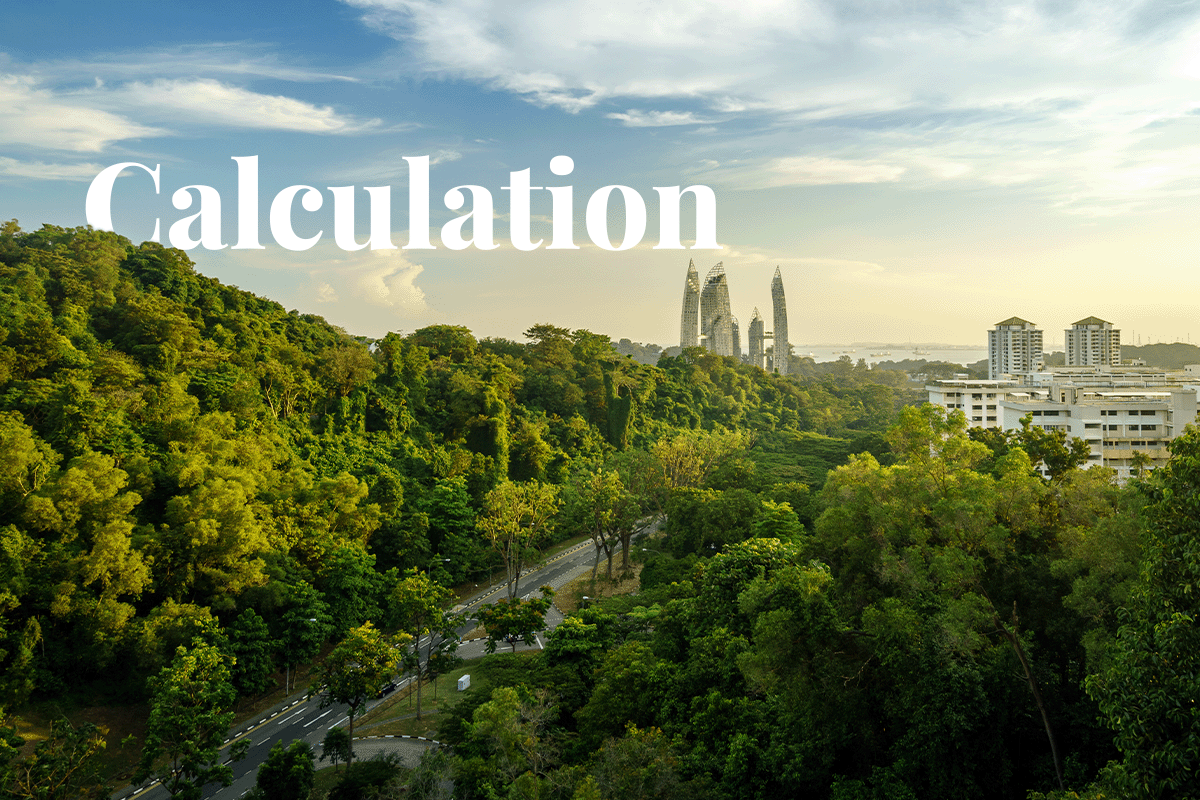In an effort to protect natural spaces from the encroachment of urbanisation in Singapore, Ashley Welch, a biodiversity specialist, has introduced the Singapore Biodiversity Accounting Metric. Developed in collaboration with Aecom and Camphora over a year and a half, this online tool provides developers with an estimate of potential biodiversity loss associated with construction projects.
 View of lush trees and Keppel Bay from Henderson Wave, Singapore.
View of lush trees and Keppel Bay from Henderson Wave, Singapore.
Accessible through a dedicated website, the innovative calculator assigns quantifiable values to Singapore's habitats and green areas, compelling developers to prioritise the preservation of high-value habitats to mitigate biodiversity loss.
The metric, which operates through a spreadsheet-based model, evaluates various factors, including habitat type, size, condition, ecological importance, and replaceability. The ‘distinctiveness’ parameter, indicating ecological significance, ranges from zero to eight, with eight denoting habitats of the highest ecological importance.
Read more: Nature’s symphony: 15 Interconnected wonders of biodiversity
Welch suggests that this metric could encourage developers to opt for previously developed sites instead of untouched land. However, he acknowledges that due to limited space, some forested areas will inevitably be cleared. He underscores the tool's potential to drive sustainable design by encouraging the incorporation of nature-friendly features.
Designed for use in master planning, environmental assessments, and field surveys, the metric assesses terrestrial, freshwater, and intertidal habitats. Inspired by Welch's vision for objective environmental assessments, the tool standardises values and fosters consensus within the ecology community.
The metric was tested on a 48-hectare site for redevelopment for thousands of public and private housing units. By prioritising the preservation of high-value habitats, the tool achieved a remarkable 10% net gain in biodiversity, illustrating that development and nature conservation can coexist.
Read more: UK implements mandatory Biodiversity Net Gain framework
Loosely inspired by the United Kingdom’s biodiversity metric, the tool aligns with the UK's policy of achieving a 10% biodiversity gain in new projects. Welch aspires to refine the metric for broader application across Southeast Asia.
In the evolving landscape of planning policies shaped by biodiversity considerations, it is imperative for developers to seek guidance from expert ecological consultants to manoeuvre these mandates and establish impactful biodiversity net-gain approaches. As the urgency surrounding biodiversity intensifies, DGB Group is there to support businesses in this new landscape. Our commitment to crafting and executing top-tier nature-based solutions helps businesses achieve net zero and contribute to creating a biodiverse, sustainable tomorrow.
Explore the world of biodiversity credits with DGB

